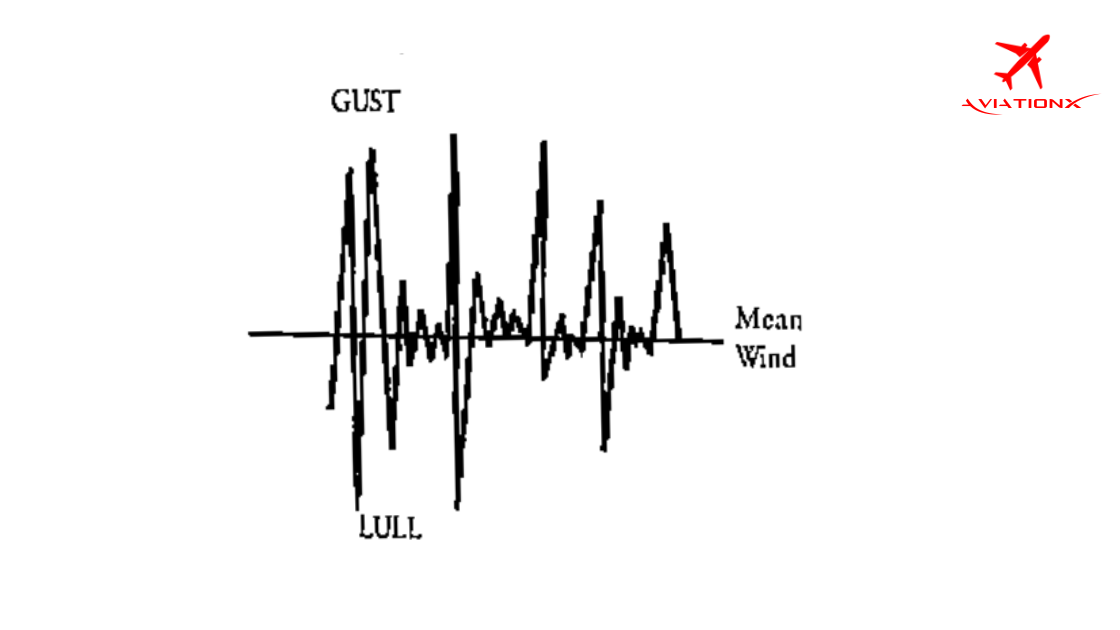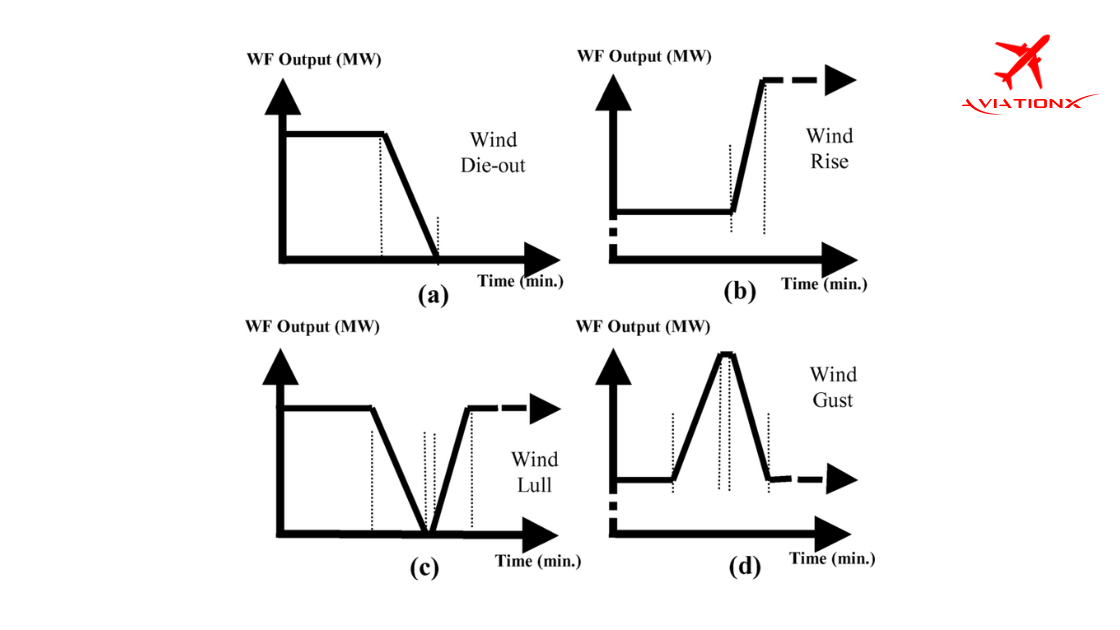Decoding Aviation Meteorology: Understanding Winds

In the vast expanse of the Earth's atmosphere, air orchestrates a symphony of both horizontal and vertical movements. The horizontal ballet of the air is eloquently known as the wind—a phenomenon intricately tied to the ebb and flow of pressure
In Aviation Meteorology, understanding the dance of winds is paramount. It unfolds as a narrative of gusts and lulls, squalls, and geostrophic forces, each playing a pivotal role in the safety and efficiency of aviation operations.
In this blog of Aviation Meteorology series, we would embark on a journey through the skies, decoding the language of winds and exploring their significance in the intricate tapestry of Aviation Meteorology.
From wind direction whispering tales of origin to the geostrophic winds crafting their calculated ballet, each element paints a vivid portrait of the invisible forces shaping the aviation landscape. Join us as we unravel the complexities, one gust at a time.
In the Earth's atmosphere, air undergoes both horizontal and vertical movements. The horizontal movement of the air is commonly referred to as wind.
Before delving into the blog, test your knowledge of winds by taking this short quiz. Click the Quiz button below or the icon in the right-side tab to get started.
The Wind Direction
The wind's direction denotes the point from which the wind is blowing or the origin of the wind.
For instance, a Southerly wind travels from South to North, while an Easterly wind moves from East to West.
Wind direction is denoted using the 16 points of the compass (N, NNE, NE, ENE, E, ESE, SE, SSE, S, SSW, SW, WSW, W, WNW, NW, NNW) or in degrees at intervals of 10°, such as 350°, 330°, 020°, 090°, 160°, and so on. The measurement is taken from True North.
The Wind Speed
Wind speed is expressed in nautical miles per hour (knots).
The correlation between alternative speed units is as follows:
1 km/h = 0.278 m/s = 0.540 knots
(km/h – kilometers per hour; m/s – meters per second).
The Crosswind
Runways are aligned with the prevailing wind directions of a region, as determined by climatological records. However, deviations from these directions can occur, particularly in adverse weather conditions and transition seasons.
When the wind is perpendicular (90°) to the runway in use, it is termed the Crosswind Component. Specific critical crosswind values are established for each type of aircraft, and caution is exercised when these values are exceeded.
Instruments for Measuring Wind
Instruments used to measure wind include the Anemometer for surface wind speed and the Wind Vane for wind direction.
Upper winds are measured using RAWIN and Pilot Balloon equipment, with hydrogen-filled balloons tracked by RADAR and Optical Theodolite, respectively.
Exposure of Wind Instruments
To record surface wind, the Anemometer and Wind Vane are positioned at a height of 10 meters in an unobstructed area.
Wind observations are averaged over 10 minutes for general weather reports, but for takeoff and landing purposes, a 2-minute averaging period is employed.
The Gusts and The Lulls

A Gust refers to an irregular and rapid fluctuation in the wind. These fluctuations are caused by turbulence resulting from ground friction and uneven heating of the ground, especially in hot afternoons. Thorough consideration of gusts is essential for safe aviation operations.
The positive fluctuations are called Gusts and the negative fluctuations Lulls(Diagram Above)

A gust, or wind gust, is a brief increase in wind speed, typically lasting less than 20 seconds. It possesses a more transient nature than a squall, which endures for minutes and is succeeded by a lull or slackening in wind speed. Generally, winds are least gusty over large water surfaces and most gusty over rough land and near tall buildings.
Wind is measured using an anemometer or estimated with a windsock. The average wind speed is typically measured over a 2-minute period before meteorological observations, in accordance with the World Meteorological Organization. Any significant variations in this mean wind during the ten minutes preceding the observation are recorded as gusts in messages such as METAR.
In METAR reports, gusts are generally mentioned when the peak wind speed reaches at least 16 knots, and the variation in wind speed between the peaks and average wind is at least 9 to 10 knots.
To access the entire blog, subscribe to our premium plans today and get one step closer to your Aviation Dreams Get AviationX Plus or AviationX Pro today for all things Aviation.